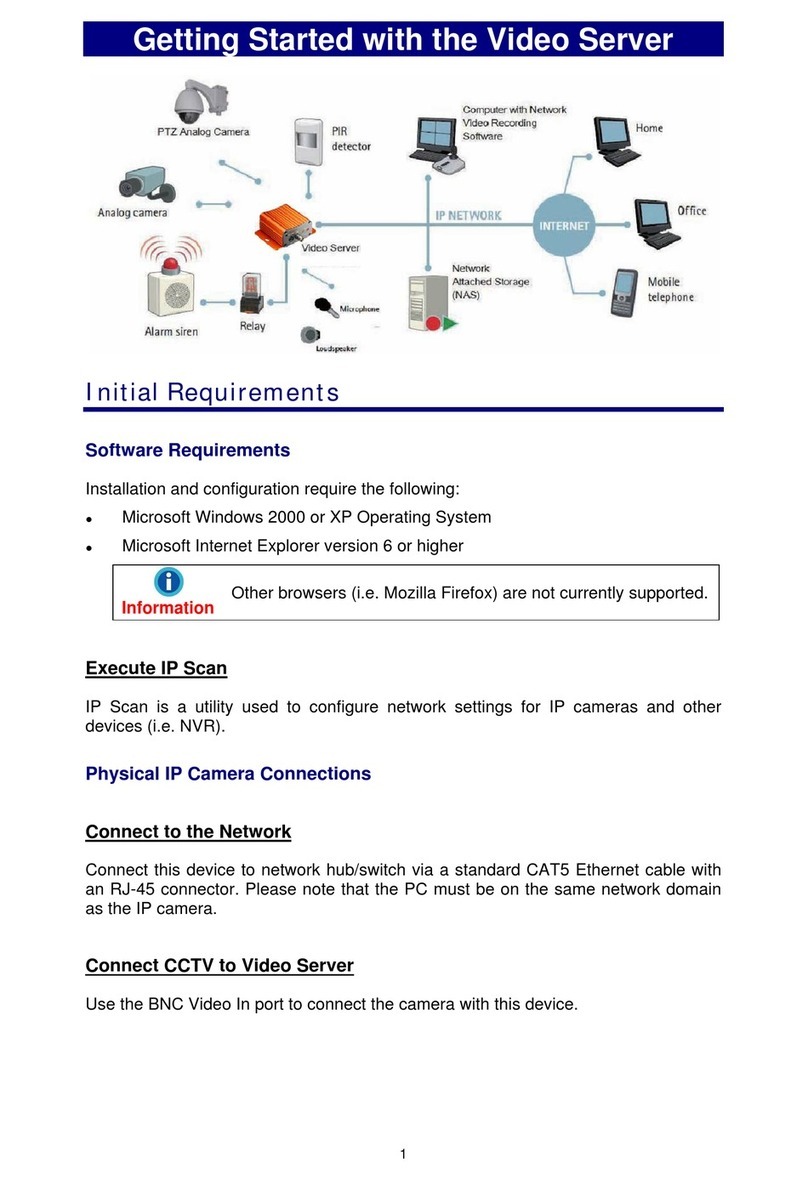
i
Table of Contents
Introduction..................................................................................................1
How to Use This Guide..........................................................................................1
Conventions of This Guide..............................................................................1
A Note about Icons.........................................................
錯誤
!
尚未定義書籤。
Safety Precautions..........................................................................................2
Main NVR Features...............................................................................................2
Minimum System Requirements............................................................................3
Box Contents.........................................................................................................3
Overview................................................................................................................4
Chapter I. Setup the NVR .............................................................................5
Setup the NVR System..........................................................................................5
Chapter II. NVR Live View............................................................................7
Log in the NVR......................................................................................................7
Method I. Network Device Search Tool Application........................................7
Method II. IE Address Bar...............................................................................8
LiveView..........................................................................................................8
Log out the NVR..................................................................................................10
Chapter III. Advanced NVR Configuration .................................................11
Status ..................................................................................................................12
NVR Status ...................................................................................................12
IPCam Status................................................................................................13
Network ...............................................................................................................13
WAN..............................................................................................................13
LAN...............................................................................................................18
Client List ......................................................................................................19
IPCam..................................................................................................................19
Device Management.....................................................................................20
Disconnect Notification..................................................................................21
Motion Detection...........................................................................................22
Video Settings...............................................................................................24
Event Settings...............................................................................................25
Hard Disk.............................................................................................................28
System.................................................................................................................28
Users.............................................................................................................28
Maintenance..................................................................................................29
Log................................................................................................................31
System Settings............................................................................................31
Date & Time..................................................................................................32
Database.............................................................................................................32




























